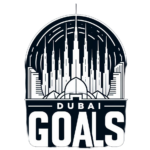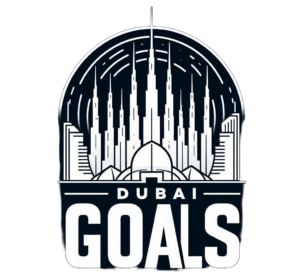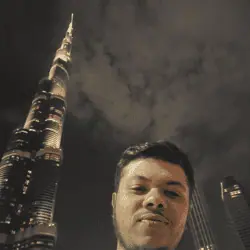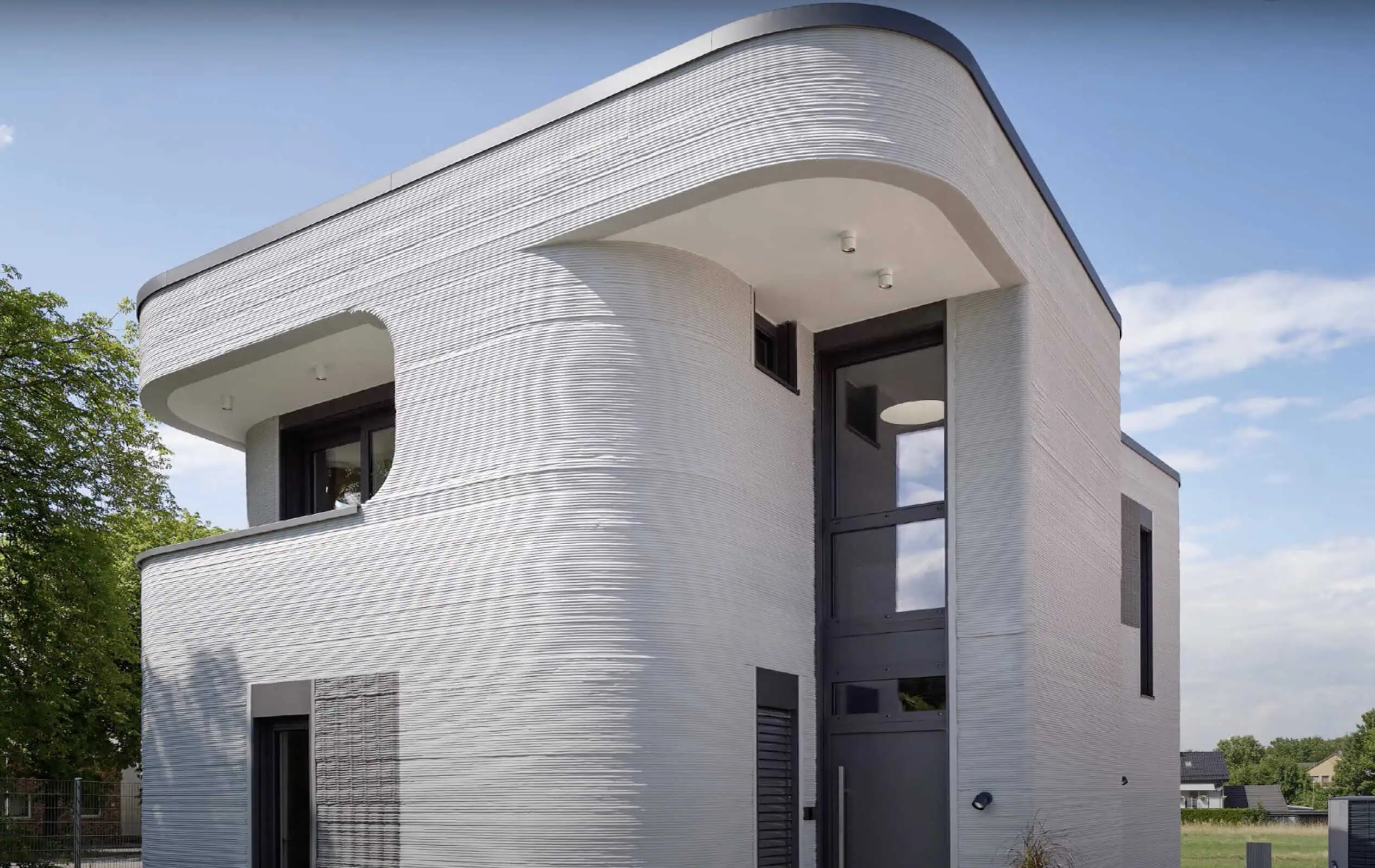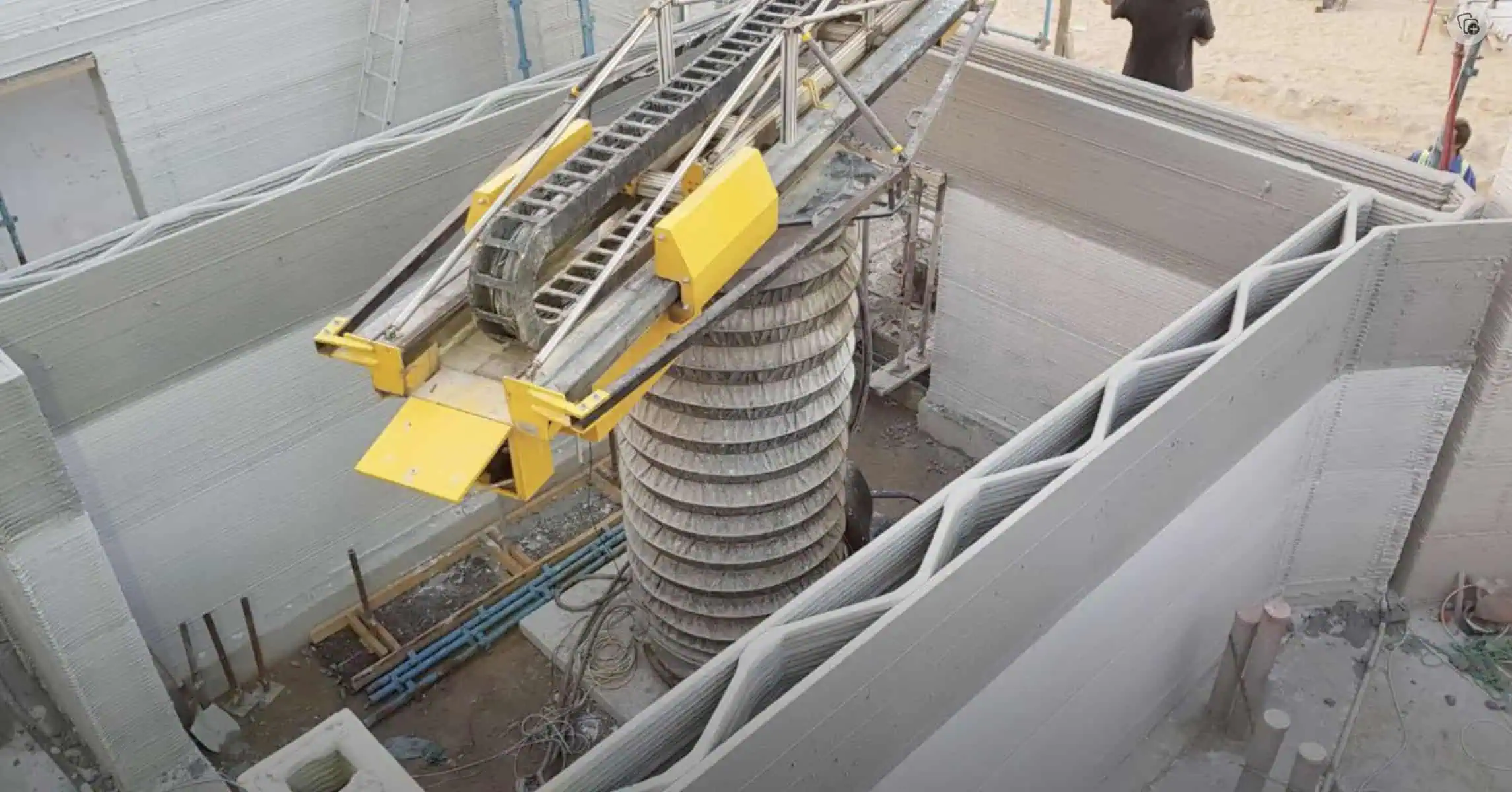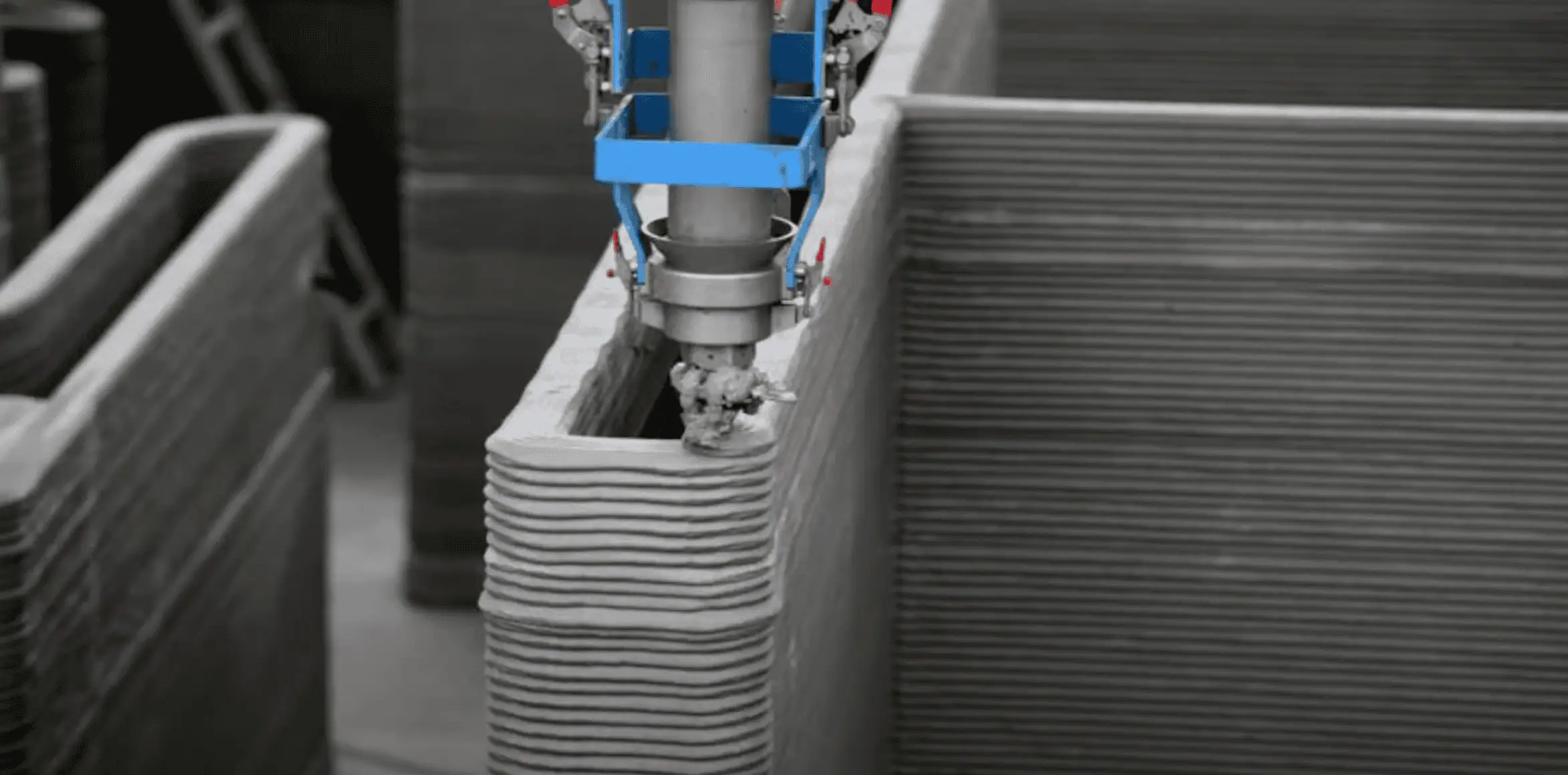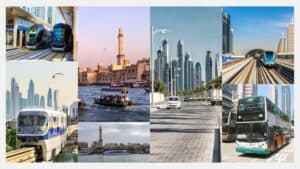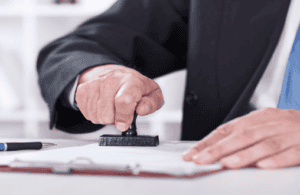The skyline of Dubai, known for its innovative architecture and skyscrapers like the Burj Khalifa, is venturing into a new frontier—3D printed buildings in Dubai.
Pioneering this technological advance, Dubai aims to transform the construction landscape by integrating 3D printing technologies into mainstream building practices.
This shift not only aligns with the emirate’s futuristic vision but also promises enhanced sustainability, cost-effectiveness, and efficiency.
3D Printed Buildings in Dubai
Dubai is at the forefront of architectural innovation with its groundbreaking use of 3D printing technology in construction. 3D Printed Buildings in Dubai revolutionize the industry, offering unprecedented speed, cost-efficiency, and sustainability.
These structures showcase Dubai’s commitment to pushing boundaries and shaping the future of urban development.
Strategic Vision and Initiatives
In 2016, Sheikh Mohammed bin Rashid Al Maktoum unveiled a bold initiative stating that by 2030, 25% of Dubai’s new buildings would be constructed using 3D printing technologies. This vision underpins Dubai’s broader strategy to establish itself as a global hub for 3D printing.
The city’s commitment was marked by significant milestones, such as the world’s first 3D-printed office, the “Office of the Future,” which was constructed in just 17 days and set up in two, showcasing the speed and flexibility of this technology.
Cost and Labor Efficiency
One of the standout benefits of 3D printing in construction observed in Dubai is the potential to drastically cut costs and labor. The strategy aims for a 70% reduction in labor and up to 90% in costs.
Dubai pioneers 3D printed buildings, reducing on-site labor and speeding up construction. Emaar’s project in Arabian Ranches III exemplifies rapid, cost-effective building, setting new standards.
Design, Sustainability, and Technological Implementation
The designs of these 3D printed buildings in Dubai focus heavily on sustainability. Buildings are crafted with energy efficiency in mind, featuring elements like sun-deflecting overhangs and 100% LED lighting.
The “Office of the Future” in Dubai, for example, showcases rapid construction and energy-efficient design, featuring green landscaping and low-energy climate control systems for the desert climate.
In terms of technology, companies like COBOD International and Concreative have expanded operations in Dubai, enhancing the technological landscape.
These firms bring sophisticated equipment capable of layering concrete to fabricate parts swiftly and durable enough to meet the needs of modern construction.
Implications for Urban Development and Housing
Beyond cost and labor efficiencies, the shift towards 3D printed buildings in Dubai dovetails with broader societal benefits. It promises to tackle the global affordable housing crisis by significantly lowering the cost of home ownership.
3D printing offers durable living solutions, potentially revolutionizing urban growth. Dubai’s evolving regulations support its integration into mainstream construction, reflecting a holistic approach to innovative development.
Challenges and Future Directions
Despite the optimistic projection, Dubai’s ambitious 3D printing goals face challenges such as remaining competitive with traditional construction methods and ensuring consistent quality.
Ongoing advancements in the precision of 3D printers and materials used will be crucial in overcoming these obstacles.
Moreover, the aesthetic and public acceptance of 3D printed buildings in Dubai also play a vital role. Projects like the commercial building were constructed using an Apis Cor 3D printer.
They highlight the debate between retaining the ‘raw’ 3D printed look versus finishing them to mimic conventional buildings.
Global Impact and Cultural Considerations
Dubai’s endeavors in 3D printed buildings resonate beyond its borders, inspiring global markets and governments to invest in this technology. The Dubai Future Foundation has set world records with its 3D printed buildings.
It showcases Dubai’s global influence in setting construction standards. This technology preserves cultural aesthetics while adding modern efficiencies, blending heritage with innovation.
Impact on Traditional Construction Labor Markets and How 3D Printing is Changing Job Roles and Skill Requirements
The integration of 3D printing technology in construction is not simply a matter of adopting new methods; it has profound implications for the traditional labor market. As Dubai spearheads this technological shift, the construction workforce is undergoing significant changes. Here we explore the impact on traditional construction labor markets and how job roles and skill requirements are evolving in response to 3D printing.
Impact on Traditional Construction Labor Markets
1. Job Displacement and Transformation:
- Reduced Demand for Manual Labor: Traditional construction relies heavily on manual labor for tasks such as bricklaying, plastering, and concrete mixing. With 3D printing automating many of these functions, the demand for unskilled and semi-skilled labor is decreasing.
- Shift in Job Focus: While some traditional roles may decline, there is an increasing demand for new roles focused on operating, maintaining, and troubleshooting 3D printing equipment.
2. Skill Diversification:
- Need for Multidisciplinary Skills: The construction workforce now requires a blend of skills, combining traditional construction knowledge with technological and IT proficiency. Workers need to understand both the construction processes and the intricacies of 3D printing technology.
- Upskilling and Reskilling: Existing workers are being encouraged to upskill in areas such as CAD (Computer-Aided Design), digital fabrication, and robotics to stay relevant in the evolving industry.
3. Improved Safety and Working Conditions:
- Reduction of Hazardous Tasks: 3D printing can handle dangerous tasks that would otherwise expose workers to potential harm, thus improving overall safety on construction sites.
- Enhanced Productivity: By automating repetitive and labor-intensive tasks, 3D printing allows workers to focus on higher-value activities, increasing overall productivity and job satisfaction.
Changing Job Roles and Skill Requirements
1. Emergence of New Roles:
- 3D Printing Specialists: These professionals are responsible for setting up, calibrating, and operating 3D printing machines. Their role also involves ensuring the quality and integrity of printed structures.
- Digital Fabrication Technicians: Focused on the digital aspects of construction, these technicians prepare and optimize digital models for 3D printing.
- Material Scientists and Engineers: Experts in developing and testing new materials specifically designed for 3D printing in construction, ensuring they meet structural and environmental standards.
2. Evolving Existing Roles:
- Construction Managers: While their core responsibilities remain the same—managing projects, resources, and timelines—they must now also understand and incorporate 3D printing technology into their project plans.
- Architects and Designers: The role of architects and designers is expanding to include proficiency in digital design tools like BIM (Building Information Modeling) and CAD software. They must be adept at creating designs that leverage the capabilities of 3D printing technology.
3. Enhanced Skill Requirements:
- Technical Proficiency: Construction workers need basic technical skills to operate 3D printing machinery, troubleshoot issues, and perform routine maintenance.
- Digital Literacy: Knowledge of digital design tools and software is becoming essential. Workers must be capable of navigating software used to create 3D models and prepare them for printing.
- Data Analysis: As 3D printing involves precise measurements and material control, understanding data analytics to enhance efficiency and troubleshoot problems is becoming increasingly important.
Case Study: Impact in Dubai
Dubai’s Strategic Approach:
- Workforce Retraining Programs: Dubai has implemented retraining programs to help traditional construction workers transition to roles related to 3D printing. These programs include courses on digital design, machine operation, and technology management.
- Collaborative Projects: Joint initiatives between construction firms and educational institutions, such as internships and apprenticeships, allow workers to gain hands-on experience with 3D printing technologies while working alongside experienced professionals.
- Government Initiatives: The Dubai Future Foundation (DFF) and other government bodies offer workshops and certification courses focused on emerging construction technologies, ensuring the workforce is prepared for future demands.
Preparing the Workforce for the Technological Shift in 3D Printed Construction in Dubai
Dubai’s push towards integrating 3D printing into the construction industry is not just about adopting new technology; it’s also about preparing its workforce to thrive in this transformed landscape. The city recognizes that a successful shift requires equipping its labor force with the necessary skills and knowledge. Here is how Dubai is taking proactive steps towards workforce preparation:
Education and Academic Programs
1. Technical Universities and Colleges:
- Dubai Institute of Design and Innovation (DIDI): DIDI offers specialized courses that incorporate 3D printing and digital fabrication modules. Through its cutting-edge curriculum, the institute prepares students with hands-on experience in the latest 3D printing technologies.
- Higher Colleges of Technology (HCT): HCT provides programs in engineering and technology with a focus on advanced manufacturing techniques, including 3D printing. The inclusion of real-world projects helps students gain practical skills.
2. Specialized Training Centers:
- Dubai Future Foundation (DFF): As a government initiative, DFF plays a vital role in future-proofing the city’s workforce. It regularly hosts workshops and training sessions on emerging technologies, including 3D printing in construction.
- MakerSpaces and FabLabs: These community-run labs such as FabLab UAE provide access to 3D printing tools and offer workshops to broaden the practical skills of both students and professionals.
Collaboration with Tech Companies
1. Partnerships with Industry Leaders:
- Siemens and Local Authorities: Siemens, a global technological powerhouse, collaborates with local educational institutions and government agencies to provide training on digitalization and 3D printing technologies.
- HP and Autodesk: These tech giants offer training programs and certification courses in Dubai. By providing the latest software tools and 3D printing equipment for educational purposes, they help bridge the gap between theoretical knowledge and practical application.
2. Industry-Academia Alliances:
- Joint Ventures and Research Collaborations: Universities in Dubai often partner with tech companies to conduct research projects on 3D printing applications in construction. Such partnerships ensure the curriculum remains aligned with industry needs.
Government Initiatives and Incentives
1. Dubai 3D Printing Strategy:
- The Dubai 3D Printing Strategy lays out clear goals for making a significant portion of the city’s buildings 3D printed by 2030. This strategic vision includes a comprehensive plan for workforce development through educational reforms and incentives for training programs.
2. Dubai Future Accelerators:
- This initiative connects startups and tech companies from around the globe with Dubai’s government entities. It facilitates pilot projects that often involve local talent, providing hands-on learning experiences in cutting-edge 3D printing technologies.
3. Subsidies for Skill Development:
- The government offers subsidies and grants for individuals and organizations investing in 3D printing education. These financial incentives encourage more widespread adoption of training programs.
Practical Training and Workshops
1. Real-World Experience:
- Construction Site Training: In collaboration with construction firms, Dubai offers on-site training programs where workers can gain first-hand experience with 3D printing equipment and techniques.
- Internships and Apprenticeships: Programs designed for students and fresh graduates to work in companies specializing in 3D printing in construction. These opportunities provide invaluable industry experience.
2. Professional Development Courses:
- Short-term courses and certification programs are available through various institutions and private entities, focusing on different aspects of 3D printing, from design to material sciences and printing processes.
Conclusion
The landscape of 3D printed buildings in Dubai portrays a blend of ambition, practicality, and futuristic vision. Dubai pioneers 3D printing in architecture, offering a blueprint for global cities, and pushing boundaries from experiments to mainstream applications.
With sustainability at its core, Dubai is not just constructing buildings; it’s shaping the future of urban living.
Dubai’s innovative prowess in construction will redefine global norms, establishing it as a beacon of technological advancement in architecture.
